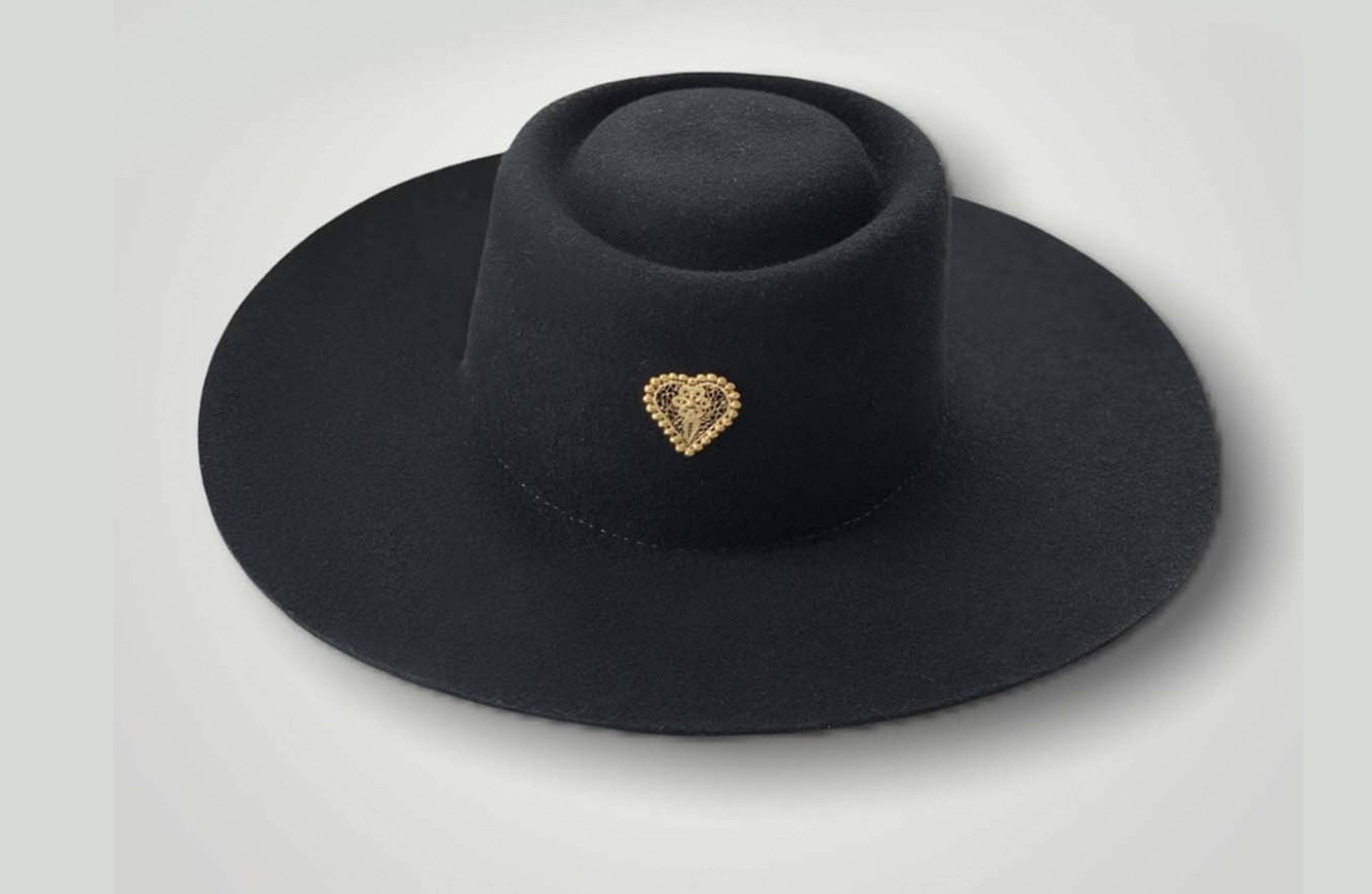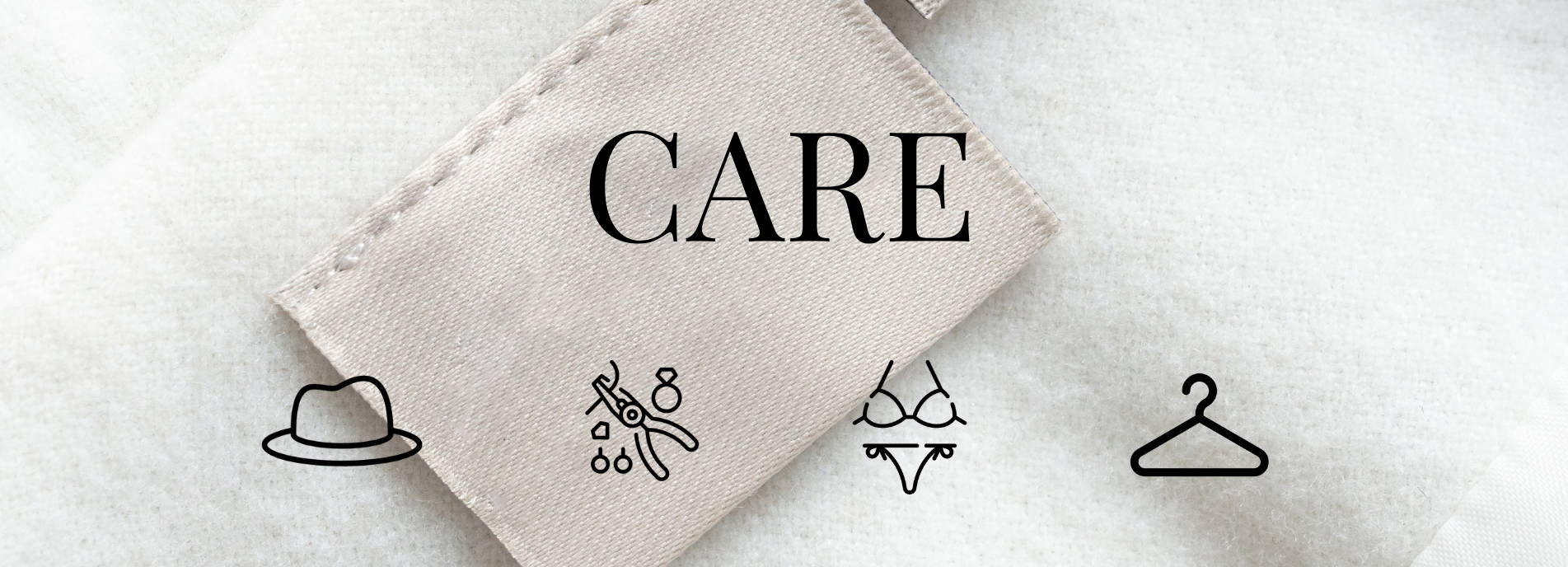
VIPOP takes pride on working with designers that are creating long-lasting pieces - good-quality materials and durable workmanship, ensuring good fit, and communicating clearly about the care instructions.
Every fashion item has its lifespan, and both designers and wearers play critical roles in determining their longevity, which is the timespan over which the item remains relevant and useful.
Producing a high quality garment made of durable materials in the correct size is a good starting point for you to ensure the wearer continues to wear the garment through the years. But without knowledge about how to maintain and care for the item, the garment could still be discarded early.
So make sure you take the right care of your pieces:
SWIMWEAR
The most sustainable bikinis and bathing suits are the ones that last for years! In order to make sure they will stay with you for a long time, you need to take care of swimwear properly, but how do we actually do this? Herewith my top tips to care for your swimwear.
• Hand wash in cold soapy water
It’s best to wash your swimwear right after you’ve used them, even if you used it just for sunbathing. Chlorine is going in for the kill. Threads can get weaker and colours may fade! Also sunblock and other body’s oils can damage your swimwear. Mineral-based lotions and oil formulations are said to be particularly adept at causing yellowing and gradual stains.
Rinse your swimwear in cold water, never use hot water for your swimwear as this will damage the fabric. Use a mild hand soap or a delicate detergent. Whenever you do want to use the washing machine, make sure to use a Laundry Bag to catch micro fibers.
• Lay flat out to dry, out of direct sunlight
Although you might love to wring out your swimwear, don’t do it! Instead, roll it tightly in a towel for a few seconds to take out most water. Afterwards, lay it flat to dry – don’t hang the pieces! Also, make sure you do this out of direct sunlight as this can fade out the colour.
• Watch out for mold
To avoid moisture building in garments, it is important to keep your dry swimwear in a dry place, with frequent air flow and ventilation. Also, avoid storing your wet swimwear into your towel for a longer period of time.
• Don’t sit on it
Sitting on wood or other rough materials can snag and tear the fabric, which would be a pity. Also be carful with sand and dirt, as these can be abrasive.
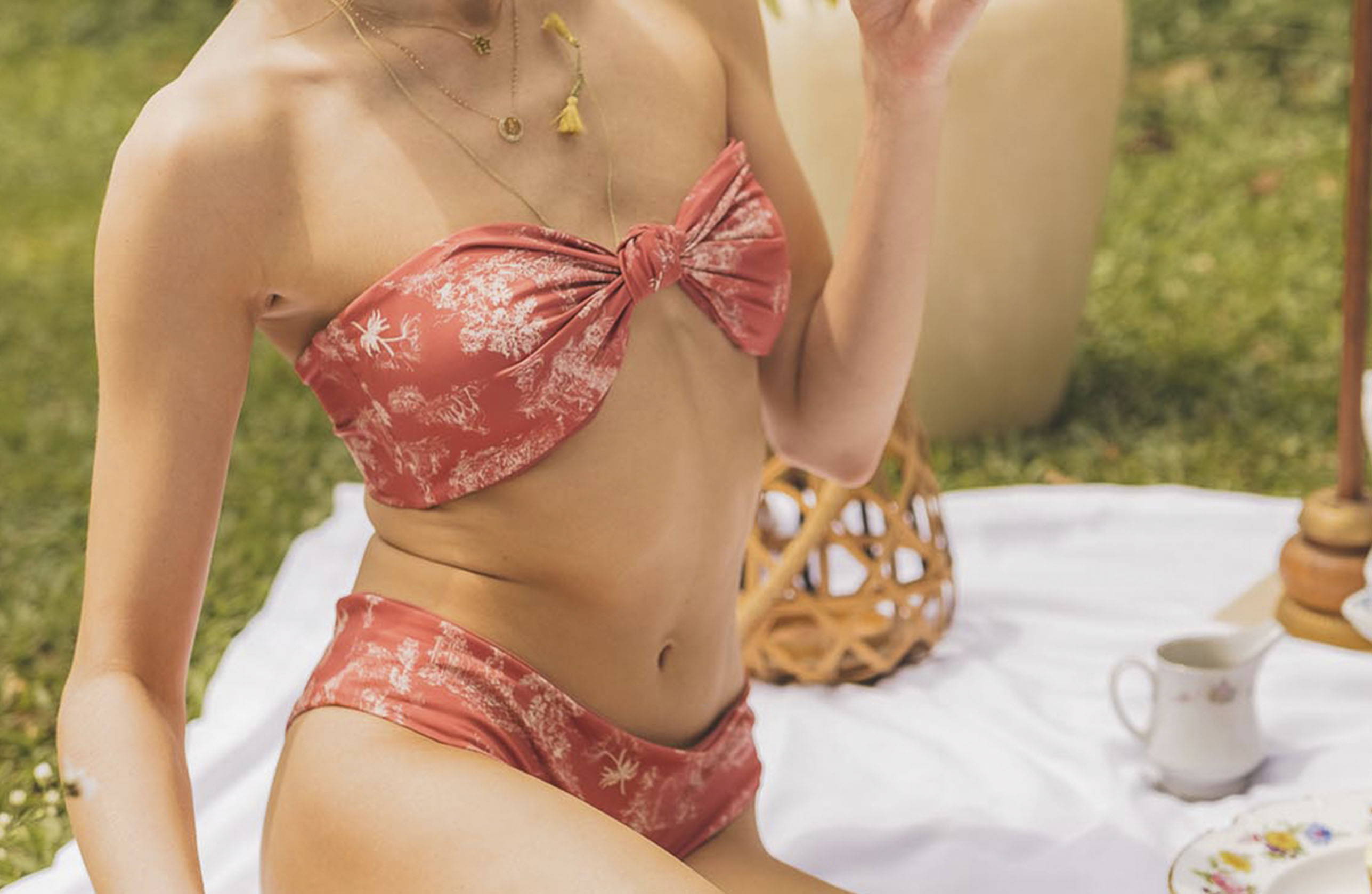
JEWELRY
HANDWOVEN JEWELRY :
These handwoven pieces are made with fibers that are also painted with natural dyes, and the colors can traspass to other fabrics. So always store them in a dry place with no direct sunlight.
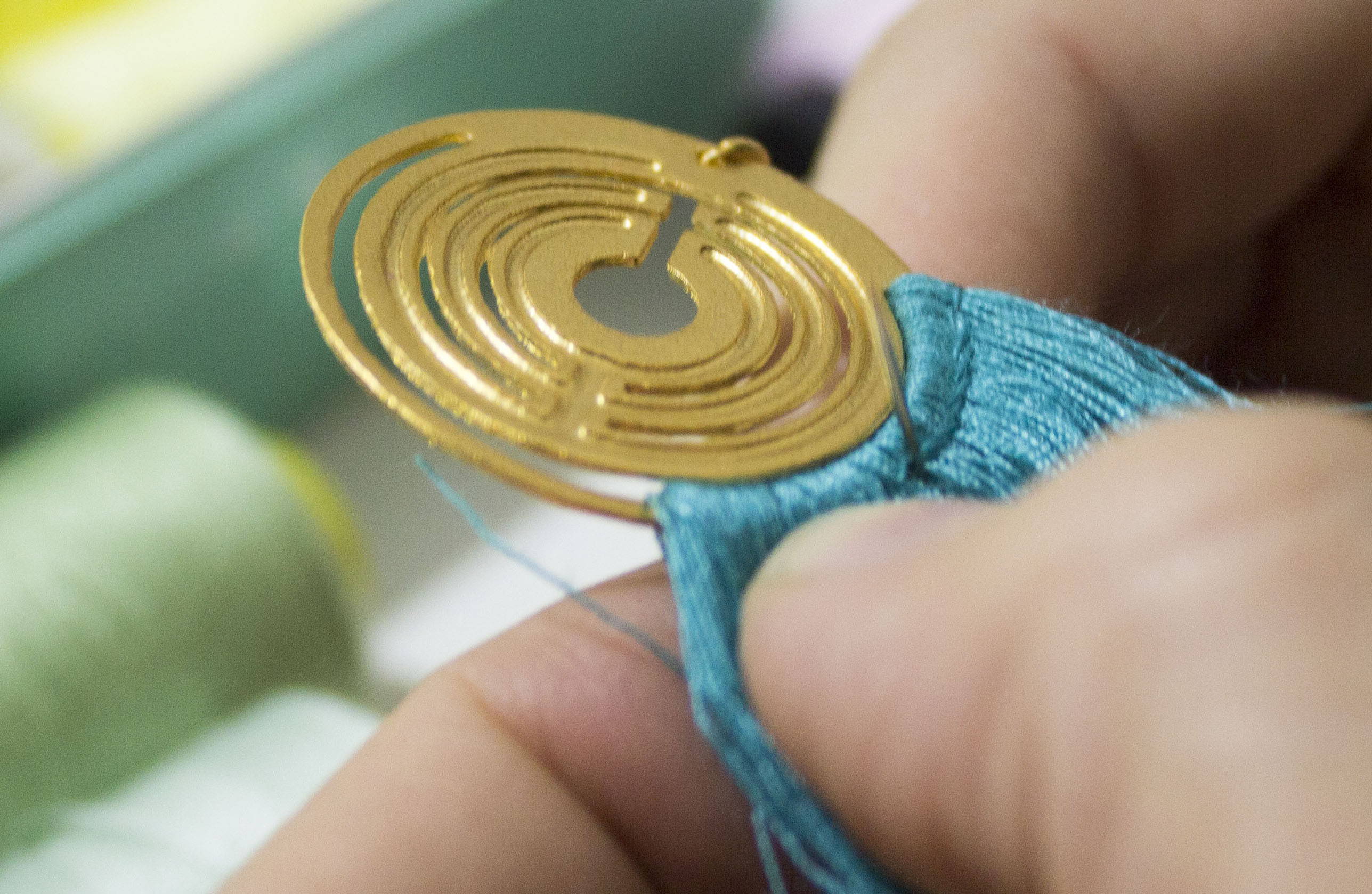
SILVER
To clean your silver jewelry, you can use soft brush and mild soap solution to gently remove any dust or dirt from the surface of the piece. Do not soak in water. Finish with a polish: After you’ve given your jewelry a good cleaning, you can finish the process by using a polishing cloth that’s specifically for sterling silver. Keep in a cool, dark place: sunlight, heat and moisture accelerate tarnishing. Be sure to keep your silver in a cool, dark place.
Store pieces individually: storing your pieces separately prevents any chance of jewelry scratching or tangling with each other.
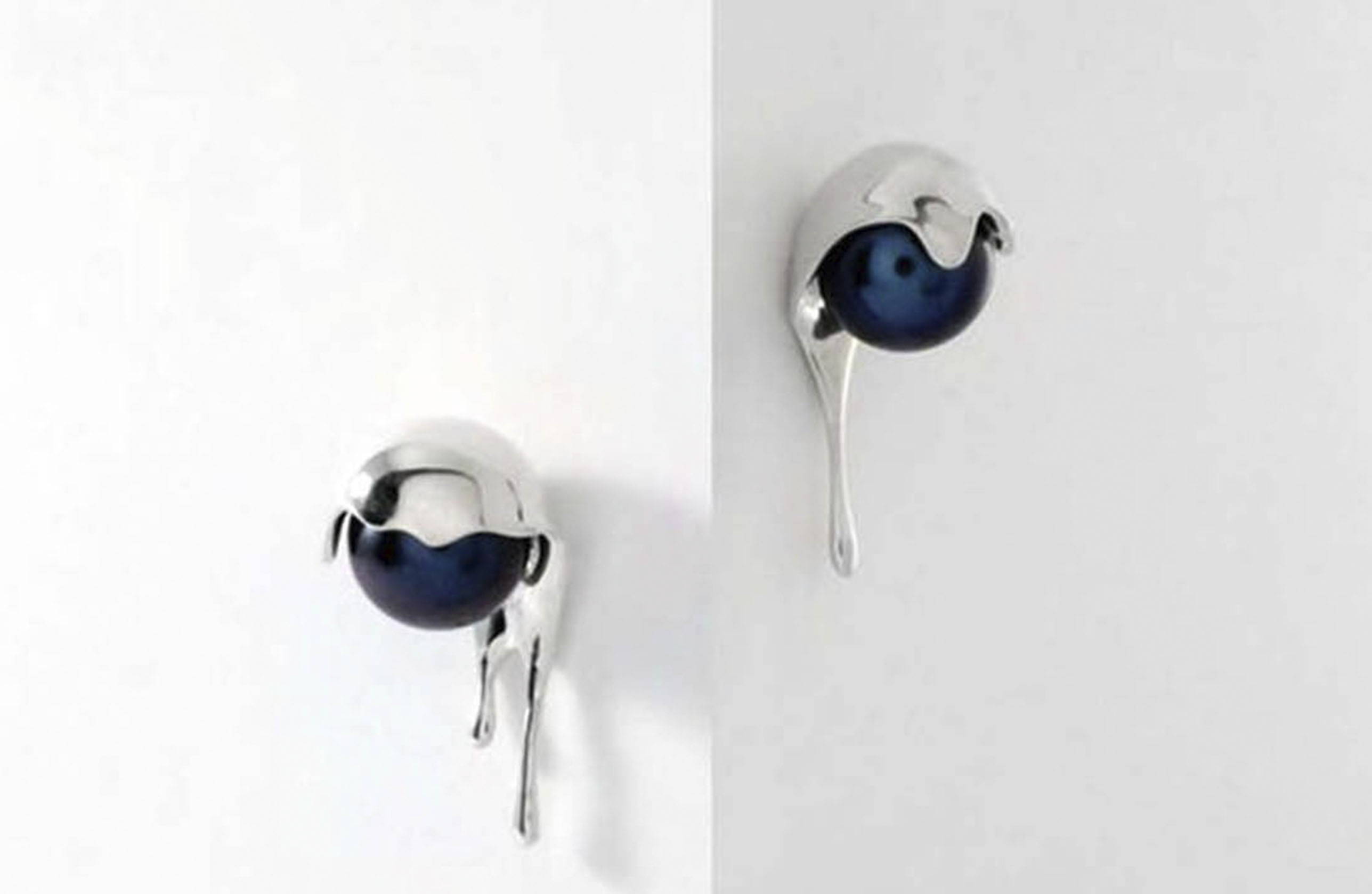
GOLD PLATING
Clean the jewelry when you notice it’s starting to lose its shine. Avoid chemicals found in products like perfume or suncream. Store the jewelry in a jewelry box.
Gold-plated jewelry can last forever with care. There’s no time limit that I know of for plating. It’s really a matter of keeping it away from the elements—salt water, sweat, and high humidity—and chemicals from cleaners or perfumes.
And if it does fade, there are always options to make it like new again through re-plating.
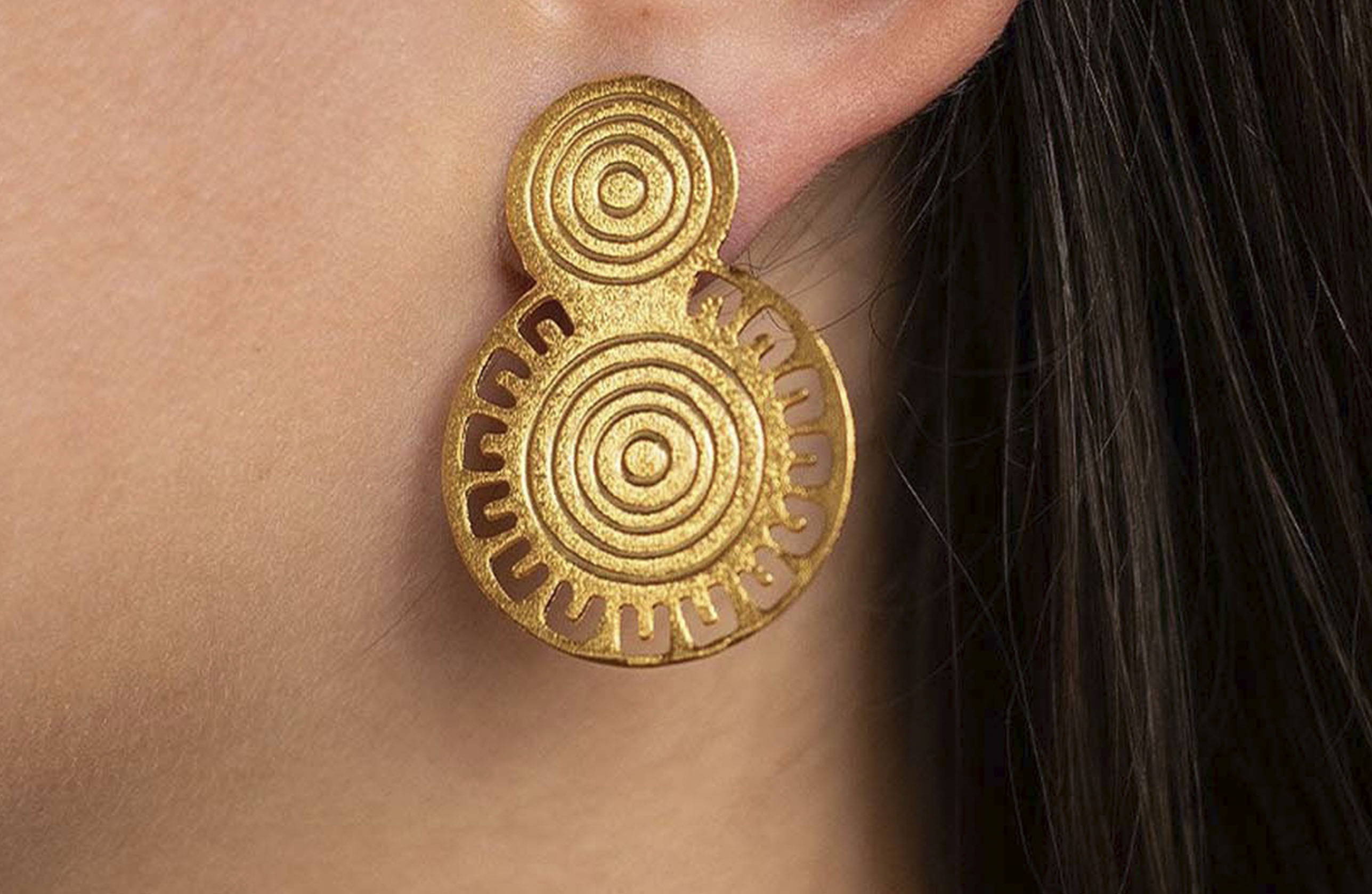
MATT PLATING
Matt plating is beautiful and unique, not many brands have this option on jewelry it is very special but also delicate. The care is the same as the rest of the plating jewelry but the matt coating makes the scratches more visible so avoid dropping your jewelry or storing it mixed with other pieces.

CLOTHING
SILK
Often it is enough to weather the garment to freshen it up. A good tip is also to steam the garment to freshen it up quickly. Steamers do not just take away creases, but also kill off bacteria.
Avoid exposing silk to alcohol-based products like perfume and hairspray.
Do not hang the garment directly in the sunlight for a long time, the colors can change and turn yellow.
If you get a stain do not try to rub it away with water. The colour will fade on the spot where the stain wash. Wash the garment instead by hand, be careful with the garment. Do not rub on stains and do not twist the garment to remove excess water. Treat carefully and roll in a towel to remove excess water before hanging up the garment on a hanger.
TIP: Add some drops vinegar to help remove stains.
If the seams don’t need to be pressed, use a steamer instead to remove creases and get a smooth surface.
Steamers are easy to use (to bring and care for the garment).
Steam the garment hanging on a hanger. Pull the garment lightly and steam until the fabric gets a smooth surface.
You can both steam on the inside and outside of the garment.

LINEN
Linen does not require any special treatment like dry cleaning. In fact, taking care of it is easier than it seems. Linen fabric can be washed in a washing machine or hand washed using regular washing detergent. It even dries faster than most other fabrics!
How to wash linen fabric? General rules.
• During the first wash, it is best to use a temperature lower than 40°C.
• Linen should be washed at 40°C. If some heavy-duty stains appear, you can increase the temperature up to 60°C. However, high temperatures shouldn’t be used too often as linen tends to shrink.
• Linen should be washed separately from other fabrics and colors.
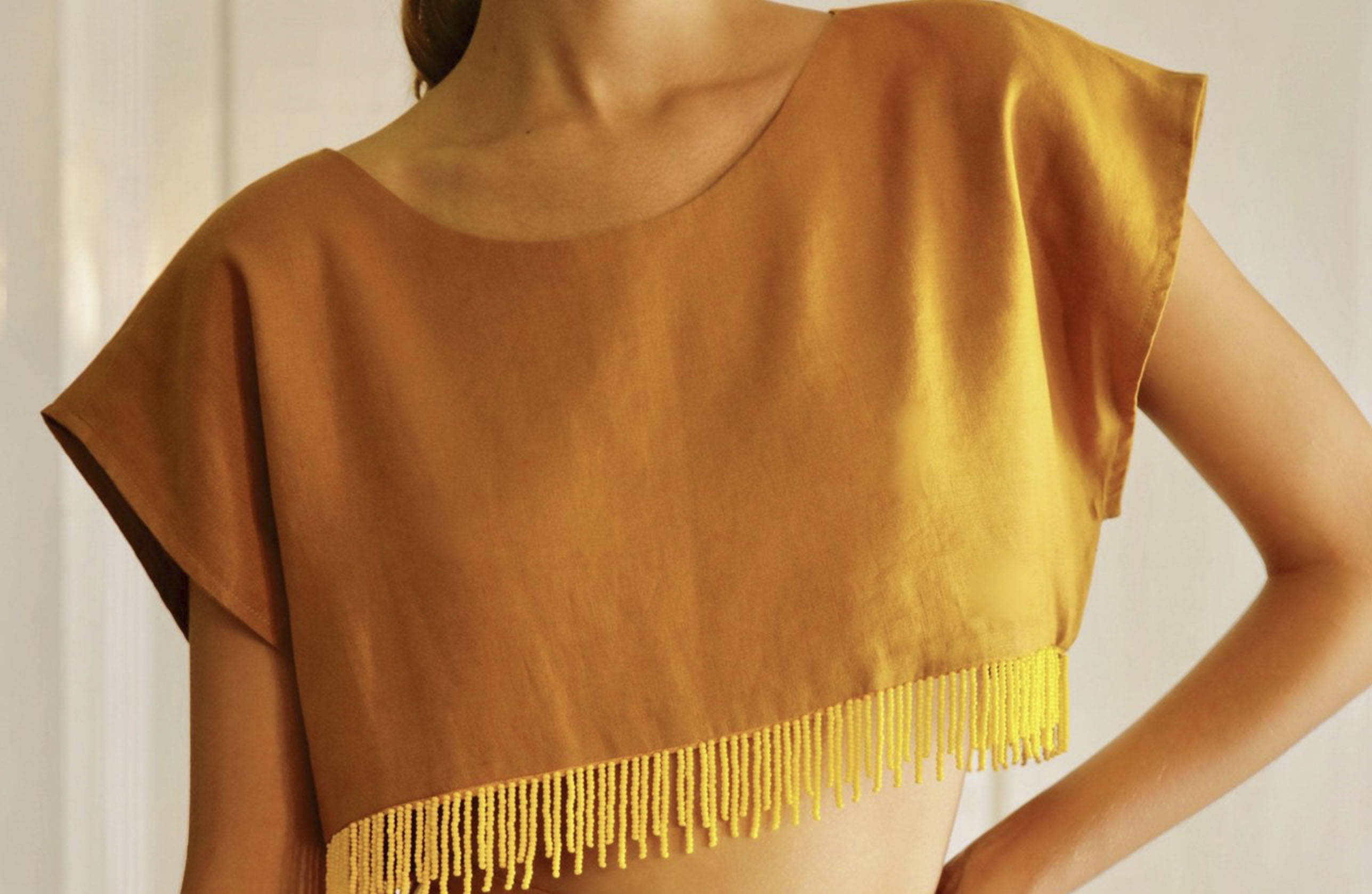
COTTON
Cotton is as easy to care for as it is comfortable. Follow these simple tips to learn how to care for cotton fabric and keep your cotton products looking and feeling beautiful wash after wash.
• Washing
Check the label to see if machine washing, hand washing, or dry cleaning is best. If machine, use the appropriate wash cycle. Avoid fabric softeners, as this can dull the finish.
• Water temperature
Wash in warm or cool water to prevent shrinking and fading. Use hot water carefully, as washing cotton in hot water can cause it to shrink.
• Drying
Cotton fabrics can be air-dried or machine dried using moderate-to-low heat. High heats can cause cotton fibers to shrink.
• Ironing
Iron on high heat while fabric is slightly damp. Use steam as needed. Note that ironing can usually be avoided by air drying or removing immediately from the machine.


hats
TOQUILLA STRAW HATS
• Handling
Your authentic Panama hat is known for its weave and flexibility and can be formed into whatever shape suits you through hand shaping. For you hat to maintain its original shape, pick up or handle your Panama hat by the brim, or by cupping the crown with an open palm. NEVER PINCH IT BY THE CROWN. When resting your hat on a flat surface, place it facing up (crown down) to maintain brim shape. And most styles of authentic toquilla Panama hats should never be rolled. If you choose to roll your hat do not leave it rolled or folded for long periods of time as this promotes cracking. Lastly, avoid wearing your straw Panama hat in the rain. Toquilla straw will withstand light moisture, but a soaking will cause the hat to lose its shape.
• Reshaping
If your hat loses its shape due to heavy rain or an unfortunate mishap (it happens!), try to reshape it a couple of different ways. Hold the hat in steam over boiling water and mold the hat back into shape. A blow dryer – on a low heat setting – can be used to dry the hat as you are reforming its shape. To reshape the brim, use an iron – again, on low heat setting – to give it just the right bend.
• Cleaning
Panama hats are easy to clean. Wipe down the hat with a soft, lint-free, tightly-woven cloth (to prevent catching or snagging). You may also try a moist facial or baby wipe. If your hat still isn't as clean as you’d like, a small amount of mild soap and water should do the trick.
• Storage
When storing your hat, it’s best to use a hat box. Use the box the hat came in, or invest in a new one. If you own several Panama hats, do not stack them or store them on top of one another. If you must stack them, place the smallest hat on a base that will lift the hat and support it by the crown, then stack bigger hats on top ensuring that the brims of the lower hats are not weighted down and misshapen.
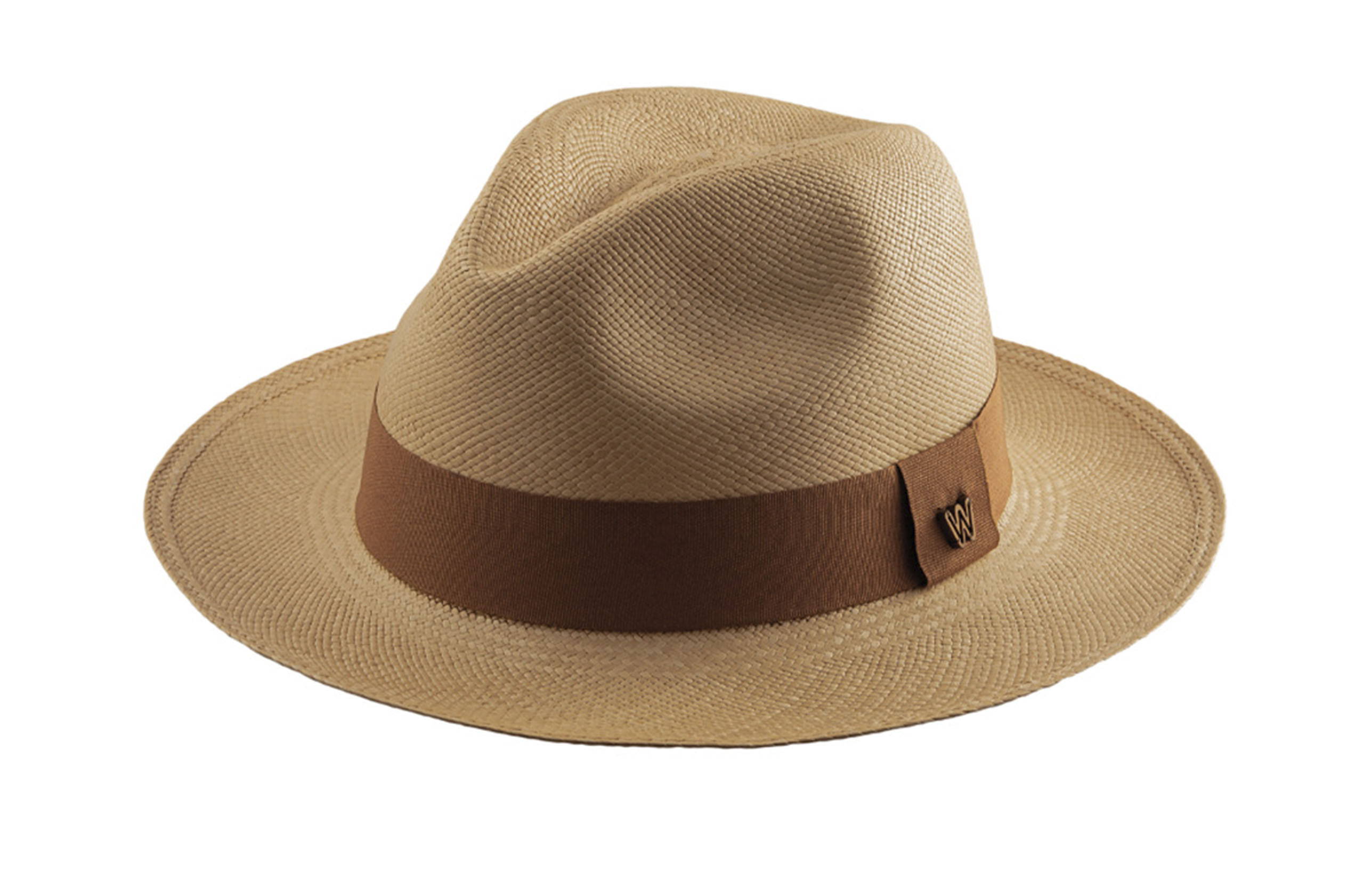
FELT HATS
• Cleaning
Felt hats should not be dry cleaned or washed under any circumstances. You can use a soft-bristled brush to remove any surface marks.
Gently brush the surface of the hat starting at the centre back, working your way around in a counter-clockwise direction.
Use long and gentle strokes with the brush until the marks disappear.
Don’t brush too hard or you may damage the felt.
If your hat accidentally gets wet, in the rain for instance, make sure you dry it as quickly as possible. Put the hat on a stand or stuff the crown with plain, colourless tissue so both the crown and the brim are supported, then allow it to dry naturally.
Lint can be removed from the hat using a lint brush, wide masking or painter’s tape:
- Wrap a length of tape around your hand with the sticky side facing out.
- Gently press the tape against the areas with lint with just enough pressure so the lint adheres.
- Lift quickly to remove and you should see the transferred lint on the tape.
- Repeat until all lint is collected.
